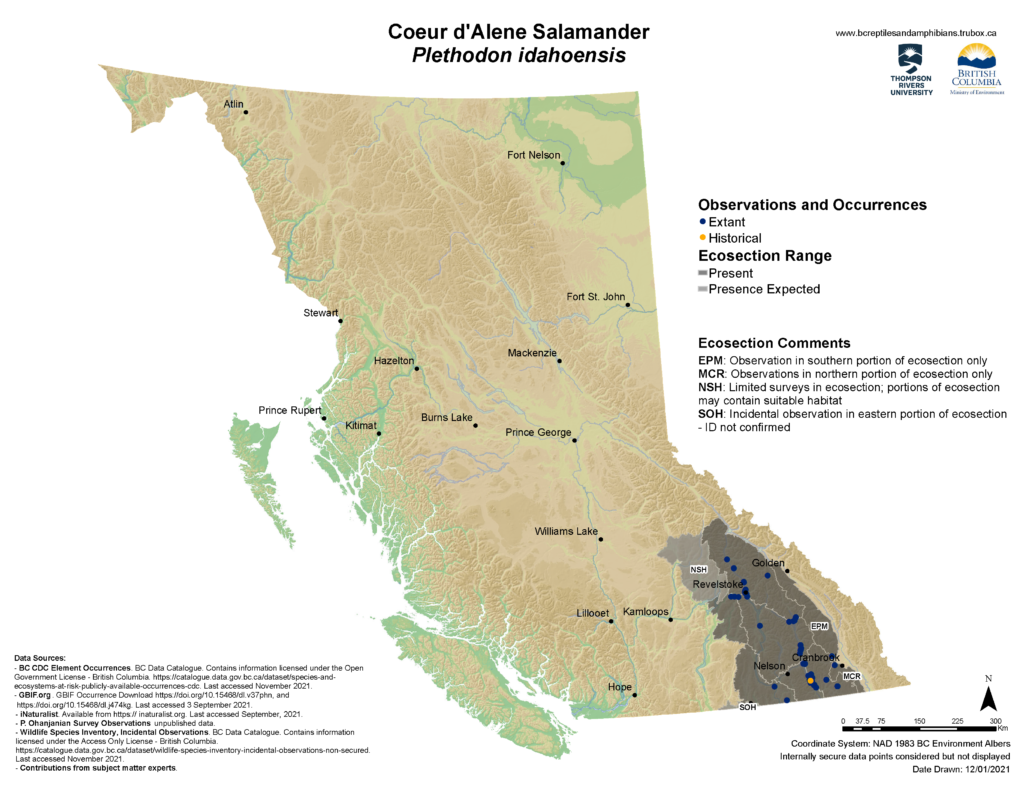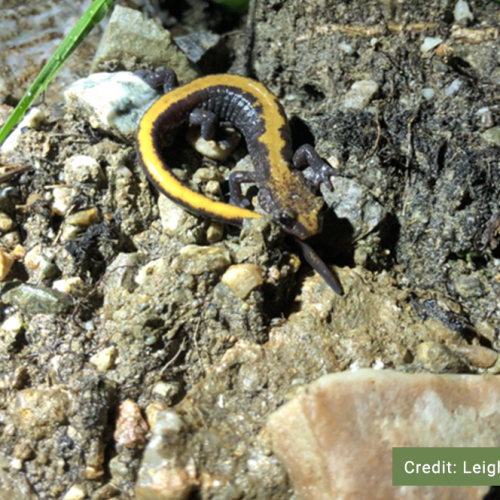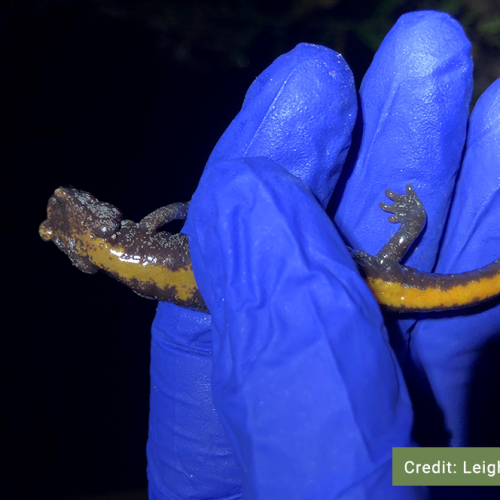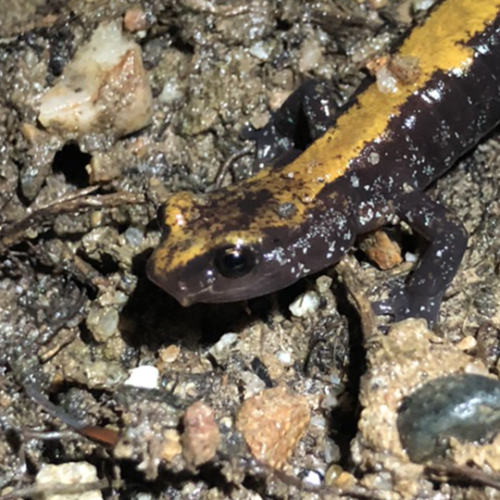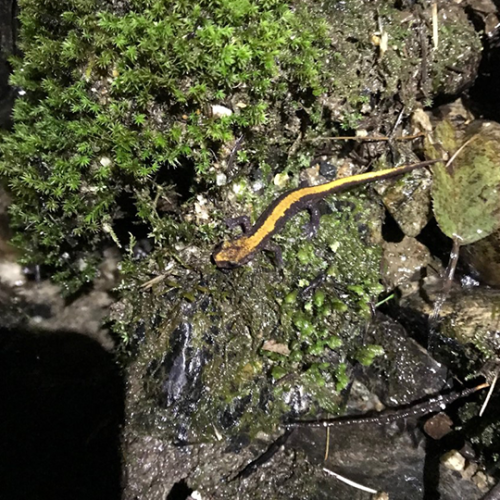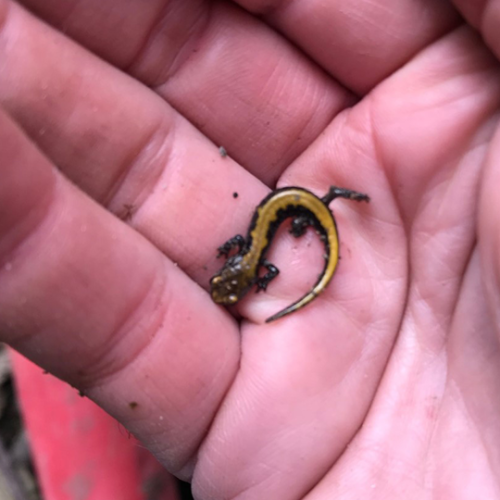Credit: Laura Matthias
Coeur d’Alene Salamander
Plethodon idahoensis
Description
The Coeur d’Alene Salamander is a member of family Plethodontidae, which are small, slender, terrestrial salamanders that do not have an aquatic life stage. Coeur d’Alene Salamanders have a long and slim body reaching 10-13cm, typically with 14
costal groovesDefinition:Grooves along the sides of a salamander’s body that increase the surface area of the skin and creates channels for water to flow and collect on their body. This is important to prevent their skin from drying out.. They are dark brown or black with a wavy-edged dorsalDefinition:Relating to the top or back. stripe that may be yellow, orange, or red and breaks apart on the head. They have a distinctive yellow throat patch while the rest of the belly is dark. The sides and legs have some light flecking. They have large parotid glandsDefinition:An external skin gland on the back, neck, and/or shoulder of some toads, frogs, and salamanders, usually visible as a bump. It can secrete a number of milky alkaloid substances which help deter predators. on the head behind their bulging eyes that protrude above the head. They have relatively long legs and short, lightly webbed toes.
Listen to the Indigenous words for “salamander” here!
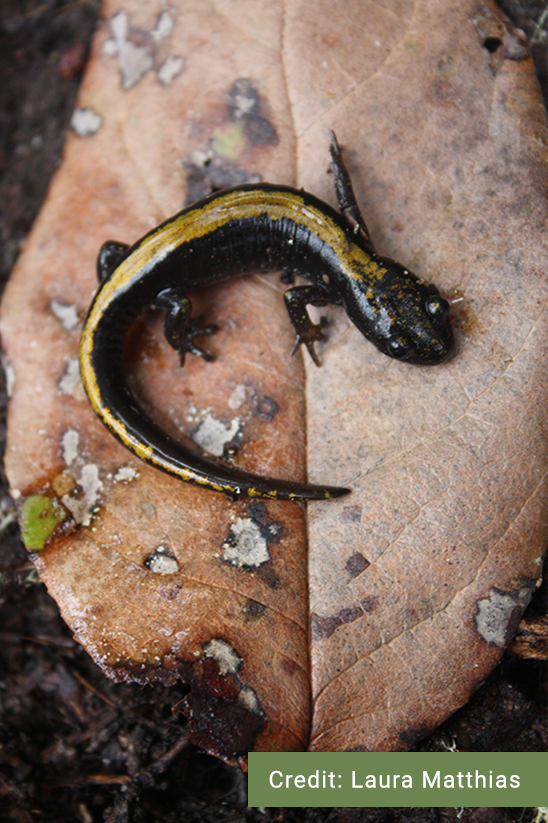
Similar Species
The Coeur d’Alene Salamander may be easily confused with the Western Red-backed Salamander and the Long-toed Salamander. The Western Red-backed Salamander has smaller legs than the Coeur d’Alene, and has a straight-edged red stripe that runs from the snout to the end of the tail. The Long-toed Salamander has particularly long toes on the hind feet, especially the second toe from the outside, compared to the very short, slightly webbed toes of the Coeur d’Alene.
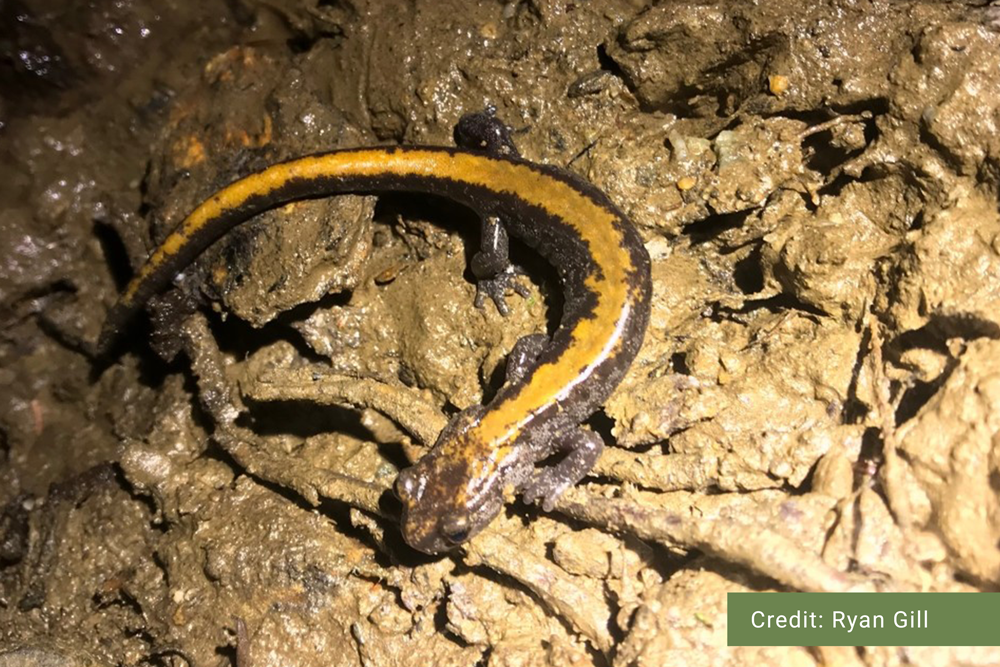
Coeur d’Alene Salamander
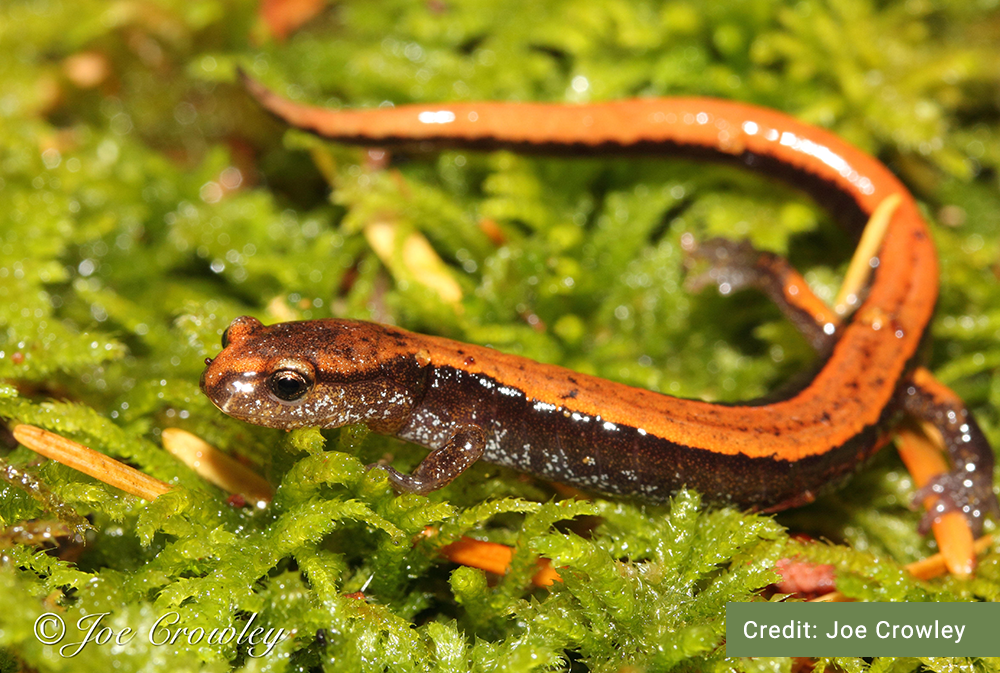
Western Red-backed Salamander
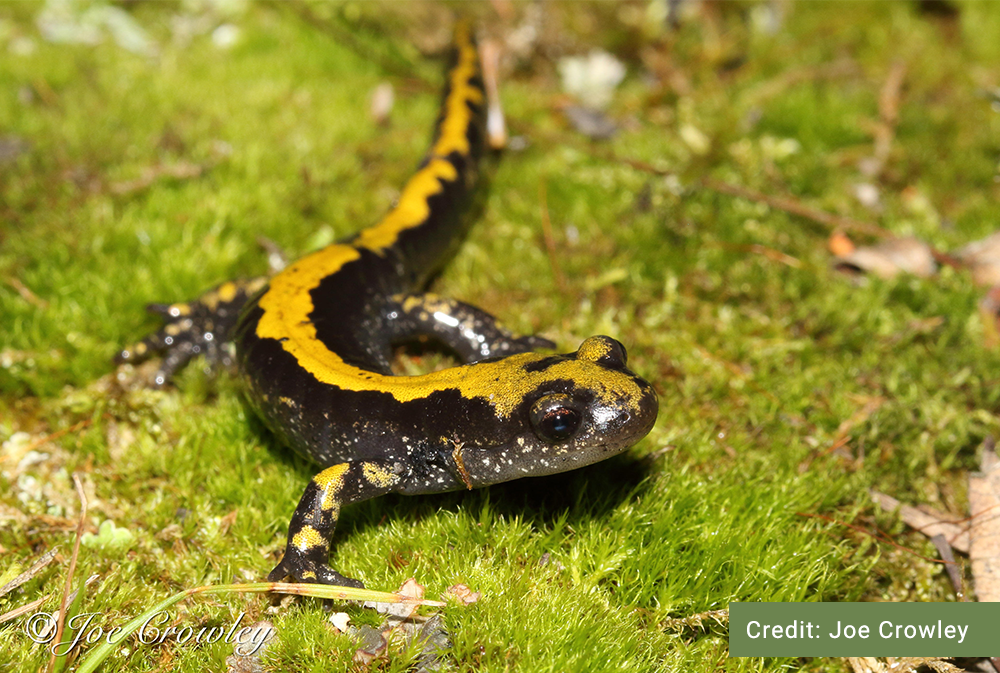
Long-toed Salamander
Distribution
Habitat
Coeur d’Alene Salamanders have a small home range that they occupy year-round. They will hibernateDefinition:Term to describe a period of dormancy in animals, usually as a response to low external temperatures during which most metabolic processes are slowed, including respiration and thermoregulations. in the winter and remain underground anytime the temperature falls below 4 °C. During very arid conditions in the summer, they will only emerge at night. The ecology of Coeur d’Alene Salamanders is not well understood, but they appear to be associated with bedrock streams, seeps, and wet talus slopes. Loose rocks and rocky crevices seem to be important microhabitat features for Coeur d’Alene Salamanders for cover and nesting sites. Hibernation occurs in deep crevices in bedrock or in talus slopes.
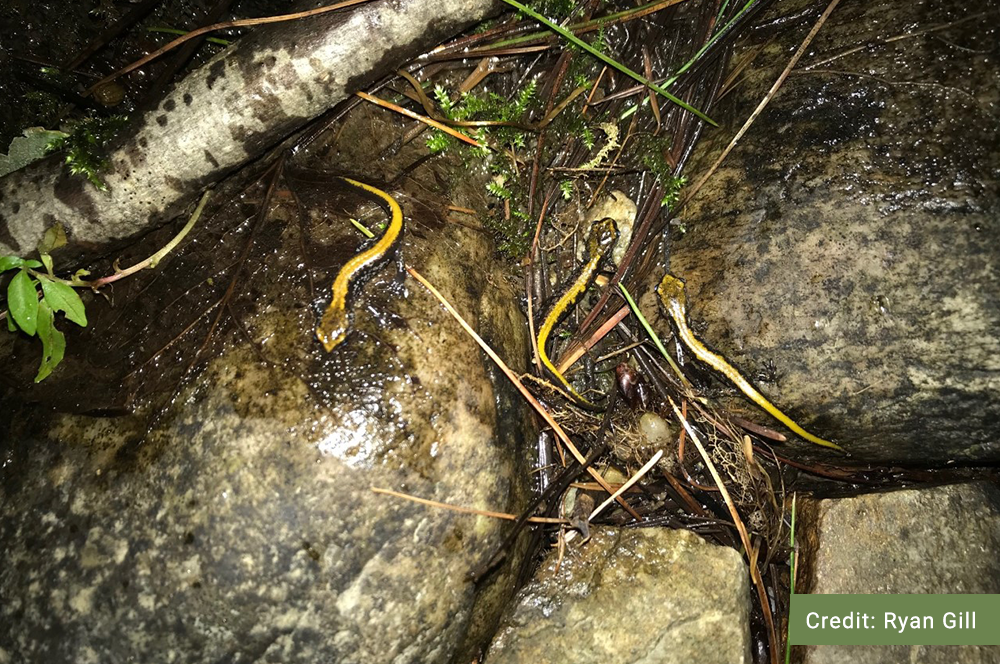
Reproduction
Breeding occurs in terrestrial habitats, just before and immediately after hibernationDefinition:Term to describe a period of dormancy in animals, usually as a response to low external temperatures during which most metabolic processes are slowed, including respiration and thermoregulations.. Females will typically lay 1-3 eggs, though they may lay up to 12. They will lay their eggs in damp, terrestrial habitats like beneath rotting logs, although breeding sites have rarely been observed. Females are assumed to brood and guard the eggs until hatching in later summer. There is no larval stage for Coeur d’Alene Salamanders; the gills are absorbed before hatching and juveniles are miniature versions of terrestrial adults. Individuals become sexually mature after 4 years, with females only breeding every 2-3 years. The lifespan of Coeur d’Alene Salamanders appears to be at least 12 years.
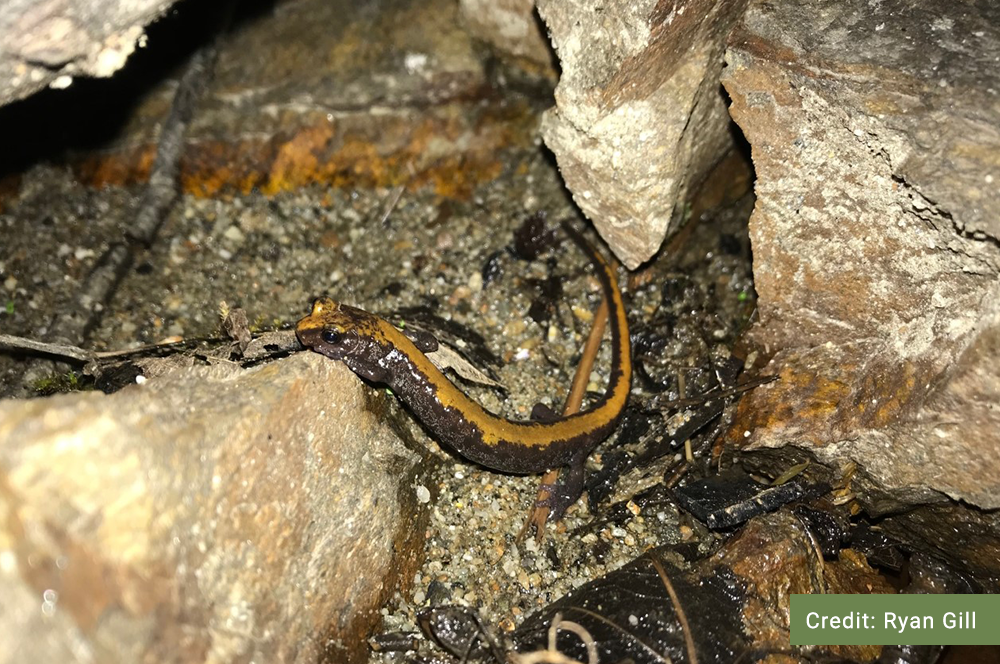
Diet

Conservation Status
Global: G4 (2016)
COSEWIC: SC
SARA:1-SC (2003)
Provincial: S4 (2016)
BC List: Yellow
Learn more about conservation status rankings here
Threats
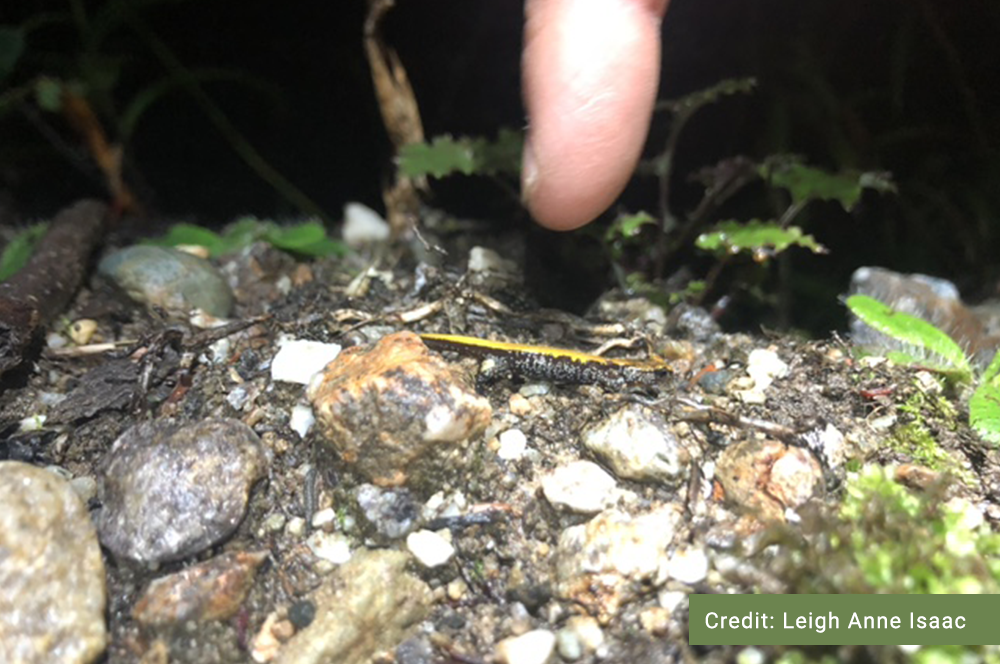
Did You Know?
During the Miocene Era about 12 million years ago, the climate of North America was much wetter with fewer temperature extremes than today. The Coeur d’Alene Salamander had a much larger distribution back then, but, as the climate changed and North America grew drier and drier, only some areas remained wet and mild enough for Coeur d’Alene Salamanders to survive. These small pockets of Coeur d’Alene Salamanders are called “Relict Populations”.
Species Account Author: Marcus Atkins
B.C. Conservation Data Centre. 1996. Species Summary: Plethodon idahoensis. B.C. Minist. of Environment. Available: https://a100.gov.bc.ca/pub/eswp/ (accessed Jun 3, 2021).
B.C. Conservation Data Centre. 2016. Conservation Status Report: Plethodon idahoensis. B.C. Minist. of Environment. Available: https://a100.gov.bc.ca/pub/eswp/ (accessed Jun 3, 2021).
B.C. Conservation Data Centre. 2021. BC Species and Ecosystems Explorer. B.C. Minist. of Environ. Victoria, B.C. Available: https://a100.gov.bc.ca/pub/eswp/ (accessed Jun 3, 2021).
COSEWIC. 2007c. COSEWIC assessment and update status report on Coeur d’Alene Salamander Plethodon idahoensis in Canada. Committee on the Status of Endangered Wildlife in Canada. Ottawa. vi + 22 pp.
Environment and Climate Change Canada. 2017e. Management Plan for the Coeur d’Alene Salamander (Plethodon idahoensis) in Canada. Species at Risk Act Management Plan Series. Environment and Climate Change Canada, Ottawa. 2 pars, 4 pp. + 23 pp.
http://a100.gov.bc.ca/pub/eirs/finishDownloadDocument.do?subdocumentId=693
http://www.canadianherpetology.ca/species/species_page.html?cname=Coeur%20d%27Al%C3%A8ne%20Salamander
https://linnet.geog.ubc.ca/efauna/Atlas/Atlas.aspx?sciname=Plethodon%20idahoensis&ilifeform=2

